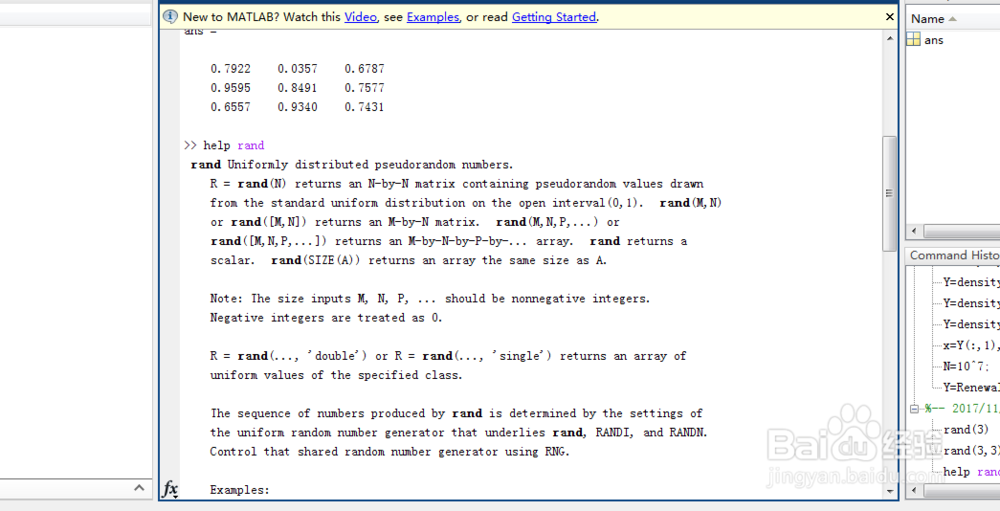

plot () # creates a subplot() by default plt. subplot ( 212 ) # the second subplot in the first figure plt. subplot ( 211 ) # the first subplot in the first figure plt. Of course, each figure can contain as many axes and subplots

You can create multiple figures by using multiple Placing axes manually and Multiple subplots for an Which allows you to specify the location as axes() where all values are in fractional (0 to 1)Ĭoordinates. If you want to place an axes manually, i.e., not on a You can create an arbitrary number of subplotsĪnd axes. The subplot call specifies numrows, numcols, plot_number where plot_number ranges from 1 to If none exists, just as an axes will be created (equivalent to an explicit The figure call here is optional because a figure will be created Setp function with a line or lines as argumentĭef f ( t ): return np. To get a list of settable line properties, call the Here are the available Line2D properties.Ī Path instance and a Transform instance, a PatchĪ instance setp ( lines, color = 'r', linewidth = 2.0 ) # or MATLAB style string value pairs plt. plot ( x1, y1, x2, y2 ) # use keyword arguments plt. Complete all of the indicated blank segments in the script in order to implement the correct state transition logic.Lines = plt. The following segment of Matlab script is intended to determine the next state of the model given the current state and the predefined transition probabilities. The parameter "state" has also been defined to represent the current state of the model (1, 2 or 3). Assume that the parameters "al l, al2, a13, a21, a22, a23, 31, 32, a33" have all been defined in the script initialization and have already been set equal to the corresponding model transition probabilities. Complete the following Matlab statement assigning an appropriate value to x b) A Matlab script implements a 3 state Markov model. a) In a particular Matlab script, it is desired to implement the random variable "x" which is a random value taken from a Gaussian random distribution with mean 2.0 and variance 0.25.

and the MATLAB function randn' generates random numbers from a normal Gaussian distribution with a mean of 0.0 and a standard deviation of 1.0. Transcribed image text: The MATLAB "rand' function generates random numbers from a uniform distribution from 0.0 to 1.0.


 0 kommentar(er)
0 kommentar(er)
